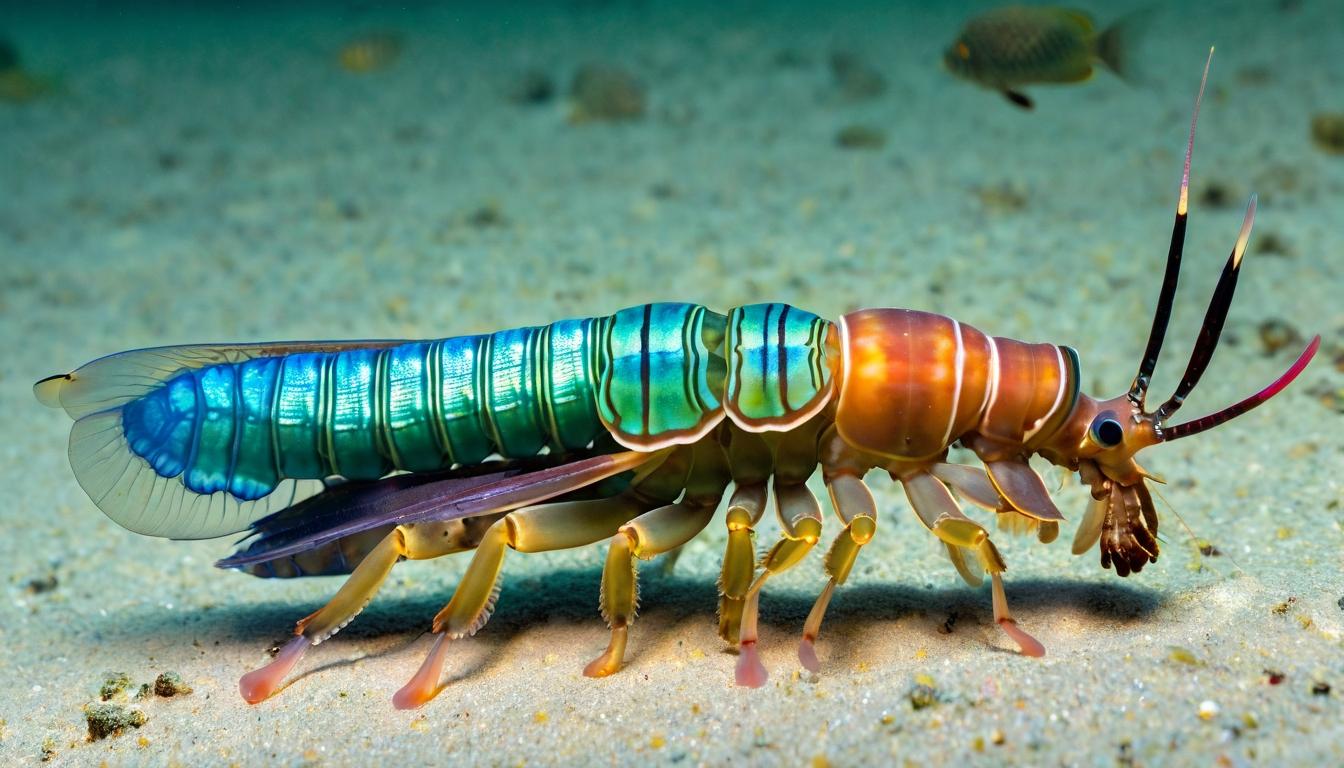In the quiet corners of our natural world, creatures both great and small possess abilities that defy human imagination. From the depths of the ocean to the canopies of rainforests, animals have evolved extraordinary adaptations that would put most superheroes to shame. These aren't just random quirks of nature—they're sophisticated survival mechanisms honed over millions of years of evolution.
The humble mantis shrimp, for instance, possesses one of the most complex visual systems in the animal kingdom. While humans have three color-receptive cones, this marine crustacean boasts sixteen. Their eyes can detect polarized light and perceive colors far beyond our visual spectrum. But that's not all—these small creatures pack a punch literally faster than a bullet, with their club-like appendages accelerating at the same rate as a .22 caliber bullet.
Meanwhile, in the frozen Arctic, the woolly bear caterpillar performs what scientists call 'supercooling.' This remarkable insect can survive temperatures as low as -90°F by producing cryoprotectants that prevent ice crystals from forming in its tissues. It essentially freezes solid during winter months, only to thaw and continue its life cycle when warmer weather returns—a biological miracle that has fascinated researchers for decades.
Birds navigate using methods that still baffle scientists. The homing pigeon, for example, may use low-frequency infrasound, magnetic fields, and even smell to find its way home across hundreds of miles. Recent research suggests they might create cognitive maps using sound landscapes we can't even perceive. This avian GPS system puts our smartphone navigation to shame in both efficiency and mystery.
The animal kingdom's chemical warfare specialists deserve special mention. The bombardier beetle has evolved one of nature's most impressive defense mechanisms. When threatened, it mixes chemicals in a special chamber in its abdomen, creating a boiling hot toxic spray that it can aim with precision. The reaction occurs so rapidly that the beetle doesn't get cooked itself—a feat of biological engineering that chemists still struggle to replicate.
Marine life holds its own astonishing secrets. The immortal jellyfish, Turritopsis dohrnii, can essentially reverse its aging process. When injured or starving, it transforms back into its juvenile polyp stage, effectively making it biologically immortal. This process, called transdifferentiation, allows cells to change from one type to another—a phenomenon that could hold clues for human medical research.
Even common animals we see every day harbor extraordinary abilities. Squirrels, those backyard acrobats, plant thousands of trees each year simply by forgetting where they buried their nuts. This absent-mindedness actually serves an ecological purpose, helping to regenerate forests. Their spatial memory is so sophisticated that they can remember burial locations months later, yet they still 'forget' enough to ensure forest growth.
The communication methods in the animal world would make any tech company jealous. Elephants communicate using infrasound—frequencies too low for human ears to detect—allowing them to send messages across miles of savannah. Whales compose songs that travel through ocean basins, with humpback whales creating complex musical arrangements that change annually and spread across populations like hit singles.
Some creatures have turned deception into an art form. The mimic octopus doesn't just change color—it can imitate the physical appearance and movement of at least fifteen different species, including lionfish, sea snakes, and flatfish. This shape-shifting ability provides protection from predators and helps in hunting, making it one of the ocean's most versatile performers.
The sleeping habits of the animal kingdom reveal another layer of wonder. Dolphins sleep with one half of their brain at a time, allowing them to surface for air while still getting rest. Some birds can sleep while flying during long migrations, and certain shark species must keep moving even while sleeping to ensure water passes over their gills.
These incredible adaptations aren't just biological curiosities—they represent solutions to survival challenges that have been tested and refined over eons. As scientists continue to unravel these mysteries, they're finding applications in technology, medicine, and environmental science. From bullet train designs inspired by kingfisher beaks to surgical adhesives based on mussel glue, nature's innovations continue to inspire human advancement.
The next time you see an animal going about its daily business, remember—you might be witnessing capabilities beyond human comprehension, the result of an evolutionary arms race that has produced some of the most ingenious solutions on Earth.
The hidden world of animal superpowers and bizarre behaviors

